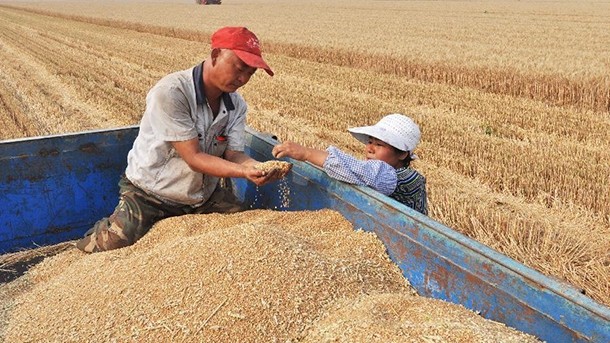China to keep up high grain production tempo

The report, which was prepared by the Chinese Academy of Agricultural Sciences, prepared the report, spelled out the outlook for China’s agricultural development from 2014 to 2023.
Xu Shiwei, director of the Agriculture Information Institute under the academy, said that the output of China’s three main grain crops—rice, wheat and corn—would achieve a high rate of self-sufficiency over the next 10 years.
He added that imports for meat and dairy products would see rising growth, while slower growth will be seen in soybean imports, and cooking oil imports will decline.
However, according to the report, the 3.5% annual growth rate in domestic dairy production will exceed that of other major agricultural products in China in the ten years from 2014.
The report also noted that over the next 10 years, the modern market system, agricultural support policies, and scientific and technological advances will provide new opportunities for the development of agriculture in China.
China's large population, which is still increasing albeit slower, has made the task of feeding the people a matter of national security; one that Chinese President Xi Jinping said was of the highest priority in a conference late last year.
“The bowls of the Chinese, in any situation, must rest soundly in our own hands. Our bowls should be filled mainly with Chinese grain. Only when a country is basically self-sufficient in food can it take the initiative in food security and grasp the overall situation for economic and social growth,” said the statement from that conference.
To combat the problem of food security, China has set a redline guarantee that arable land shall never shrink to less than 1.8 billion mu (120 million hectares), which the current government has termed “unbreakable.”






